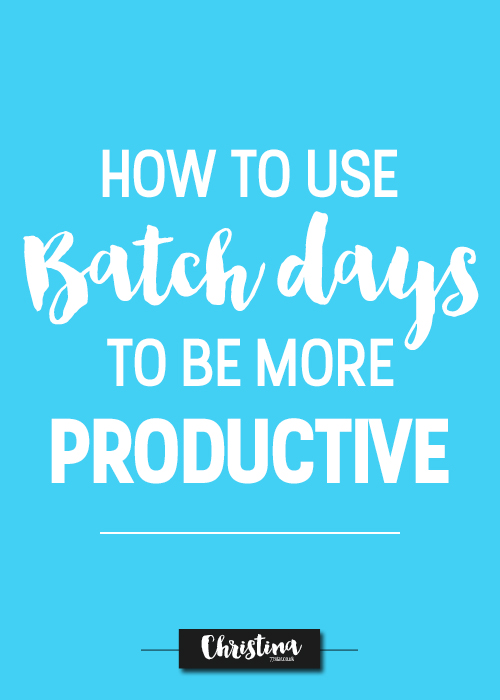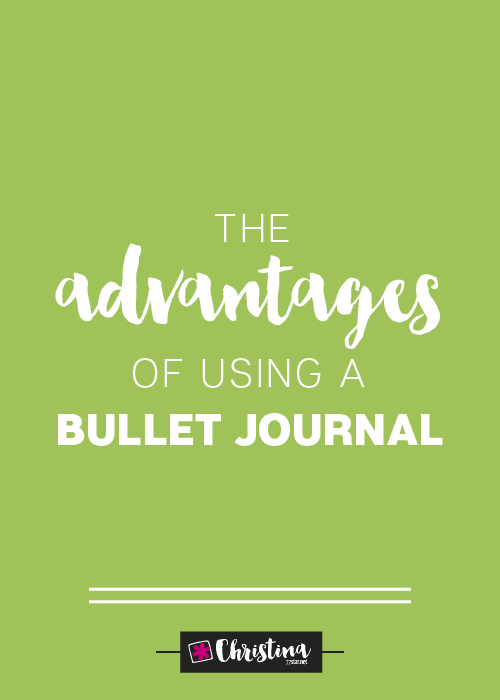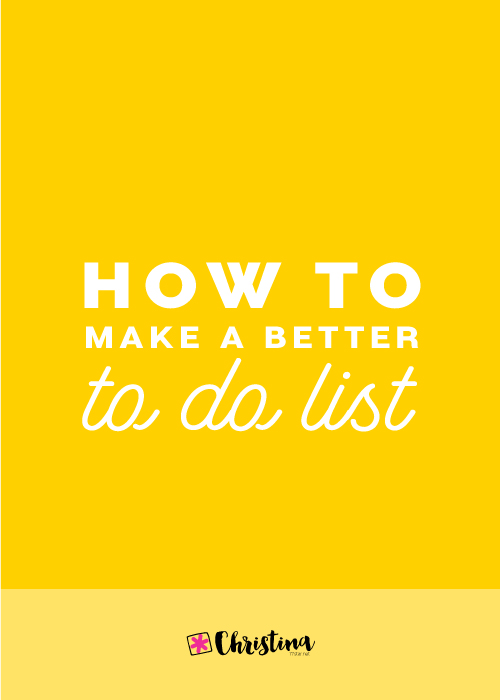Moving Planner + Printable Kit
Research has shown that moving houses can be one of the most stressful experiences! Sometimes, more than a relationship breakdown, divorce or even a new job... And since I happen to have done this quite recently, I admit that the stress levels can be really high! 😬
Research has shown that moving houses can be one of the most stressful experiences! Sometimes, more than a relationship breakdown, divorce or even a new job... And since I happen to have done this quite recently, I admit that the stress levels can be really high! 😬
The way I decided to deal with this situation and go through this experience as smoothly as possible, was by planning as much as I could. I created a little moving planner which helped me to organise everything, and I successfully moved houses within one month.
In the last 10 years I've moved 5 times, 3 of which were to different countries!!! 😳 From my experience I know that you don't need elaborate lists. Just simple practical ones that will put your thoughts in order and that will help you go through the stages without forgetting anything.
So, I've decided to share with you my moving planner, in order to help anyone that might be moving houses and needs some organisation. 😉
This planner is the perfect way to get ready for your big move!
Whether you're moving across town or across the country. It will help you to keep track of everything from your address changes and cancelling/ transferring utilities, to a countdown until the big day. It includes 8 pages.
Using a planner like this takes the stress out of moving so you can make your new start with ease. And the best part... it's absolutely FREE!
JOIN THE GANG!
Subscribe now to my Newsletter to download the FREE Printable.
Plus get access to the Resources Library!
Have you moved house before? How was your experience? How did you deal with the stress that accompanies the move?
How to Effectively plan your Week
When it comes to organising and planning your week, a lot of times it feels like the weeks fly by so quickly that you can’t help but ask yourself “Where did the time go?”.
I know. I’ve been there. Many times!
I used to constantly complain that ‘I don’t have enough time!’ and wish for more hours in the day.
Bullet journaling has helped me set up a process of effectively planning my week.
When it comes to organising and planning your week, a lot of times it feels like the weeks fly by so quickly that you can’t help but ask yourself “Where did the time go?”.
I know. I’ve been there. Many times!
I used to constantly complain that ‘I don’t have enough time!’ and wish for more hours in the day.
Bullet journaling has helped me set up a process of effectively planning my week. It’s a 6-Step process that I’ve followed religiously for the past year or so. This process helps me stay focused and finish most of the tasks and goals I set myself each week.
Before you start organising and planning your week, you should plan out how your Ideal Day looks like. This will show you how you spend your time during the day, and how many hours you have for each category of tasks. This is very important so that you don’t over plan your days.
So, for example, I know that I usually have 3 hours in the morning to work. This is the time that the kids are at school and I can focus more on my tasks. So, it’s my most productive time of the day and that helps me to plan it accordingly.
My 6-Step Weekly Planning Process:
1 | Create a schedule every Sunday for the upcoming week
Make a habit of planning your week on a Sunday. This helps you to know what needs to be done and be ready for the week ahead, instead of Monday coming and you be staring at your empty to-do list.
You should also make it something you look forward to. Put on your favourite relaxing music. Pour a cup of your favourite tea or coffee. Make this ‘your’ time.
2 | Set up your Weekly Spread
If you’re using a bullet journal, now it’s the time to get creative and set up your weekly log. You can use a layout you’ve used before and it works for you, or you can get inspired by searching online.
What I tend to do during the week is checking on Instagram how everyone else has set up their weeklies, and if I see something I like I take a picture. Then, when Sunday comes I don’t start searching all through the web for inspiration. I just check out the pictures I’ve taken during the week, and get inspired by them.
3 | Write the recurring tasks that take place on specific days
Start filling in your weekly spread by adding all the recurring tasks. For example, I know that every Thursday morning I do all my shopping and errants. Therefore, I know not to plan anything at that time. But I still make sure to note it down in my planner.
4 | Write all the events, appointments and meetings
Go through your future log and see if there’s any events or appointments scheduled for each day. Note them down on your weekly with all the details (time, place etc.)
5 | Make a list of all the things that need to get done within the week
On a different page start making a list with everything that you have to do in the week. This should include everything such as assignments, events, chores, projects and deadlines.
- I tend to add things in categories. Usually I have 4 categories: Work, Kids, Home and Me. I also colour code them in the same way I did in my Ideal Day plan.
- When it comes to projects and assignments, I like to break them down even further on my list into smaller steps. I also like to add the time that I think it will take me to finish each one.
- Also don’t forget to include in this list all the things that you didn’t finish last week.
6 | See how much time is left on each day
Go back in your weekly and see how much time is left on each day. Check your list you’ve created and then start adding tasks to each day. Checking your ideal day plan and the time you’ve allocated for each task really helps to plan each day effectively.
A few tips:
Everything takes longer than you think.
I’ve done this so many times in the past! I'd plan tasks that I thought it would take 1 hour to finish, only to find out that in reality it took me close to 2 hours! That’s why now I tend to add more time than I think to each task.
Do not fill in every second of every day.
Unexpected things will always come up, so make sure you give yourself windows of “buffer time”, to take care of last-minute things.
Know you won’t get it all done.
Even with great planning, I tend to be over ambitious and plan more things that I can handle. Be okay with not ticking off everything on your list, and transferring things to the next week if need.
Schedule the most important things early in the week.
Monday is by far my most productive day! I guess that I’m more focused and I seem to get more things done in the first two days of the week than the rest!
It’s also good to plan your most important tasks in the beginning of the week, so that no matter what comes up, these will most probably get done or you’ll at least have time to change things around.
How do you use planning to make the best use of your time? Let me know in the comments below.
Why I prefer Analog Planning
I have a thing for notebooks, planners and to-do lists. I like to collect them, write in them and keep them on my shelves. It makes me happy to keep all those memories in each notebook and be able to go through it any time I want.
Also, using pen and paper automatically sets my brain in a focused mode! I don't know why, but it does!
When I write things down, I put my head in order and it makes me more productive.
I have a thing for notebooks, planners and to-do lists. I like to collect them, write in them and keep them on my shelves. It makes me happy to keep all those memories in each notebook and be able to go through it any time I want.
Also, using pen and paper automatically sets my brain in a focused mode! I don't know why, but it does!
When I write things down, I put my head in order and it makes me more productive.
Don't get me wrong - I also like to use digital apps to manage my tasks and getting things done. However, I've always had a planner, and putting pen to paper keeps me focused and sane! :)
I've tried many planners over the years, but since 2016 I've discovered bullet journaling and my planning life has changed forever!
Why do I like analog planning:
No online distraction
I find that whenever I try to plan and organise things on my computer, I get distracted by a million other irrelevant things and it takes me quite some time to finish what I started! Does this happen to you too?
It helps you to be more creative
I love doodling and writing down quotes or phrases, that put me in the right frame of mind and motivate me for the rest of the day. I also love drawing from time to time, and having a notebook really helps me express myself whenever I fill like it.
Memories to keep
As I mentioned earlier, each notebook I keep means something to me. Each one has it's own purpose and is full of precious memories, that I can go through them any time I want.
Easier to manage tasks
I find it easier to manage tasks when I plan them on a piece of paper. I can see everything at a glance and I remember every little detail.
I function better with it!
My brain works better when I write things down. I don't know how to explain it - I seem to remember things better and I get into a more focused mode. :)
Even though we live in a digital age, putting pen to paper for me is the best way for daily planning and task management.
What are your thoughts? Share them with me in the comments below.
RELATED BLOG POSTS
Pink Ribbon Weekly Spread
Today I'm going to talk about a subject that's very close to my heart. And that is breast cancer. Unfortunately, cancer has affected many members of my family. My mum was diagnosed with a very aggressive type of breast cancer in 2008 and after a long battle she's cancer free for the past 7 years and I'm so grateful for that. That wasn't the case for her twin sister... My aunt was diagnosed in June 2016 and she lost the battle to cancer in May 2017... It has really affected all the family and we miss her so much...
I was contacted by Julie, who is a breast cancer survivor, to create a weekly spread with the pink ribbon. I was very happy to create one for her, and I thought that, since October is the National Breast Cancer Awareness Month, I could share it with all of you.
Today I'm going to talk about a subject that's very close to my heart - and that is breast cancer. Unfortunately, cancer has affected many members of my family. My mum was diagnosed with a very aggressive type of breast cancer in 2008 and after a long battle she's cancer free for the past 7 years and I'm so grateful for that. That wasn't the case though for her twin sister... My aunt was diagnosed in June 2016 and she lost the battle to cancer in May 2017... It has really affected all the family and we miss her so much...
I was contacted by Julie, who is a breast cancer survivor, to create a weekly spread with the pink ribbon. I was very happy to create one for her, and I thought that, since October is the National Breast Cancer Awareness Month, I could share it with all of you.
I've created 4 different versions for you:
- An A5 size with pink dotted grid
- A Letter size with pink dotted grid
- A Letter size with white background
- A Letter size with white background and coloured ribbon
In the first 3 I left the ribbon and the designs in it in black and white, so that you can go ahead and colour it yourself in order to add your own touch to it.
You can get your FREE printable by subscribing to my Newsletter. If you're already a subscriber, you can find the printable in the Resourses Library.
JOIN THE GANG!
Subscribe now to my Newsletter to download the FREE Printable.
Plus get access to the Resources Library!
I'd like to thank Julie for her idea and also I'd like to say to everyone that has been through this horrible disease that you are an inspiration for all of us with your courage and determination.
Thank you.
How to make a better to-do list
I like to make to-do lists. They keep me focused, organised and more productive. I prefer using pen and paper for my lists. Call me old school if you like, but I find that my brain functions better this way. I remember things easier and I'm more productive. I also like my to-do lists quite detailed, to make sure I don't forget anything. I'm always on a quest to find the best ways to create the perfect to-do list that will help me achieve my goals and be very productive. Today, I'll share with you some of the ways that I found to work for me.
I like to make to-do lists. They keep me focused, organised and more productive. I prefer using pen and paper for my lists. Call me old school if you like, but I find that my brain functions better this way. I remember things easier and I'm more productive. I also like my to-do lists quite detailed, to make sure I don't forget anything. I'm always on a quest to find the best ways to create the perfect to-do list that will help me achieve my goals and be very productive. Today, I'll share with you some of the ways that I found to work for me.
1. Create a Brain Dump List.
I found that getting everything off my mind and into paper, ensures that I don't forget to do things and it also empties my brain from constantly thinking about those things. You can create one list where you write everything, or you can make more than one list for various categories i.e. for work, housework, personal, family and so on. In the case that you want to create only one list, you can colour code it to separate the tasks this way. Me personally, I have two Brain Dump Lists: one for work, and one for everything else, which I then colour code, in order to make it easier to visually see the tasks that need to be done in each category I've created.
Every month I check my Brain Dump list and I choose 1-5 tasks to tackle on that month. I break each one into smaller more manageable steps and then, I allocate a few steps of each task for each week of the month. So, when I'm writing my daily to-do list, I check my weekly spread and choose what steps/tasks need to be done on that day.
2. Break the big tasks down into smaller more manageable tasks/steps.
You can do that directly on your Brain Dump list, or you can create a separate smaller list for the specific project or task with all the steps that you need to take.
3. Mark the Important tasks.
I break the tasks down into
Urgent if they are important or need to be done as soon as possible, or
Not Urgent if they can be tackled at a later date. What I do, is to place a little red dot next to the important tasks, so that I know straight away which ones I should do first.
4. Start with the most important tasks.
Each day I start by noting down the 3 most important tasks on my list. Again, I do that by placing a little red dot next those tasks. These are the tasks that have to be done no matter what. So, if I only do those 3 and nothing else, I can still consider my day quite productive.
Tackle your most important tasks first and don't waste time on trivial tasks.
5. Time everything.
I write an estimated time next to each task. I use this in conjuction with the time management bar to see when I have enough time during my day to allocate for each particular task.
6. Time yourself.
I find that whenever I use a timer when doing a task, I do it quicker and more efficiently. By timing myself for each task, I can also see if my time estimates that I mentioned above are reasonable. And funnily enough, while doing this exercise I found that I have a completely wrong sense of time and my time estimates were completely off! I also like to use the pomodoro technique.
7. Pick a time every day to write your to-do list for the next day.
I prefer to do this before I go to bed. I tend to spend anything between 10-20 minutes to plan my to-do list for the next day. I go through my future log, my brain dump list and my weekly spread to see what tasks I have to do for the next day.
The above steps / techniques have helped me immensely to plan ahead and to be more productive. Please share in the comments below any tips or tricks you use in order to create your perfect to-do list.


Creative Journaling Course
Step by step video lessons that will help you set up and organise your life in your journal.

































